Was the Pahalgam attack on April 22, claiming the lives of 26 people, perpetrated by terrorists or by militants? The answer is terrorists. But that’s not the case for many Western media outlets who have reported on the tragedy, who have called the perpetrators gunmen or militants.
The issue of terrorism vs militant became even more prominent in the aftermath of the Pahalgam attack when a House Committee in the US pulled up the New York Times for its reportage. Moreover, the Hindu American Foundation, a non-profit advocacy organisation for the Hindu American community, also issued a scathing criticism of Western media’s reporting on the incident, calling it a “shameful and deliberate erasure”.
As the country grapples with the aftermath of the terror attack, we take a deep dive into this matter and try to answer the question: Is the western media whitewashing the Pahalgam terror attack?
Pahalgam attack reported by Western media
In the hours after terrorists emerged from the pine tree forests and swooped down on unsuspecting tourists in Baisaran meadow of Pahalgam, killing 26 of them, all media outlets from across the world carried the report.
However, several of the Western media outlets didn’t call the perpetrators terrorists but rather termed them as gunmen or militants. For instance, the BBC referred to the attackers as “gunmen”. Its headline read: ‘More than 20 killed after gunmen open fire on tourists in Indian-administered Kashmir.’
Noted news agencies Reuters and Associated Press also chose similar language. Reuters chose to describe the perpetrators merely as “suspected militants”, while AP called them “militants”.
The Guardian downplayed the Kashmir terror attack by repeatedly labeling the perpetrators as a “group of gunmen” and “suspected militants” instead of terrorists, avoiding clear condemnation. It also emphasised the scenic setting, quoted survivors in distress, and focused on the emotional aftermath rather than ideological motives or the extremist nature of the attack.
The reporting wasn’t much different in the Washington Post. It described the attackers as “gunmen” and “suspected militants”. Similarly, the New York Times avoided naming the perpetrators, and used language like “gunmen began firing”.
Sky News in the United Kingdom also reported the attack, but inserted quote marks on ‘terror attack’, questioning the severity of the tragedy. And Turkey’s TRT headlined their report as ‘Multiple tourists killed in shooting incident’.
Western media slammed for reportage
However, many have called out these outlets for their unabashed distortion of events. For instance, the Foreign Affairs Committee of the United States government publicly called out the New York Times on social media.
It rebuked the American media outlet for its use of words in a post on X. Sharing an image of the original headline — “At Least 24 Tourists Gunned Down by Militants in Kashmir” — it struck off the word militants and replaced it with “terrorists” in bold red colour.
It wrote, “Hey, @nytimes we fixed it for you. This was a TERRORIST ATTACK plain and simple. Whether it’s India or Israel, when it comes to TERRORISM the NYT is removed from reality,” the committee wrote, calling out what it sees as a pattern of minimising terror acts through diluted terminology.
Hey, @nytimes we fixed it for you. This was a TERRORIST ATTACK plain and simple.
— House Foreign Affairs Committee Majority (@HouseForeignGOP) April 23, 2025
Whether it’s India or Israel, when it comes to TERRORISM the NYT is removed from reality. pic.twitter.com/7PefEKMtdq
Moreover, the Hindu American Foundation (HAF) slammed the Western media for its reportage. Suhag Shukla, executive director of the organisation, said, “Let’s get this straight. Terrorists from the Resistance Front, a Lashkar-e-Taiba offshoot, took credit for storming a meadow in Pahalgam and murdering at least 26 tourists, seeking out Hindus with chilling precision, in the worst civilian massacre in Kashmir since 2008.”
Shukla said that the nature of the attack left no ambiguity, and argued that these outlets had diluted or distorted the framing.
On April 22, 2025, the worst civilian terror attack in Kashmir since 2008 unfolded in broad daylight. 26 Hindu tourists were singled out and executed by terrorists. The Resistance Front—a Lashkar-e-Taiba proxy backed by Pakistan has taken credit for the horrific attack. But if… pic.twitter.com/LdJQytLAOL
— Hindu American Foundation (@HinduAmerican) April 23, 2025
She added, “Across the board, you’ll see patronising sneer quotes around ‘terror attack’ and sanitised references to the killers as militants,” she said. “Some even have the gall to call them rebels. For the record: a rebel fights authority, a militant targets the state, and a terrorist deliberately targets and kills civilians to spread fear for ideological or religious aims.”
Difference between terrorist and militant
But many must be wondering if there is actually a difference between the words terrorist and militant. While it is often used interchangeably, experts note there is a stark difference.
The India’s Unlawful Activities (Prevention) Act (UAPA), 1967, defines a terrorist as “whoever does any act with intent to threaten or likely to threaten the unity, integrity, security, [economic security,] or sovereignty of India or with intent to strike terror or likely to strike terror in the people or any section of the people in India or in any foreign country”.
Writing for Encyclopaedia Britannica, John Philip Jenkins calls terrorism “the calculated use of violence to create a general climate of fear in a population and thereby to bring about a particular political objective.”
According to the US Federal Bureau of Invetigation (FBI), terrorism refers to “violent, criminal acts committed by individuals and/or groups to further ideological goals stemming from influences, such as those of a political, religious, social, racial, or environmental nature.”
On the other hand, militancy or militants usually refers to an armed rebellion from within a State in order to achieve a political or social outcome.
As Firstpost’s Managing Editor Palki Sharma explained in a X post earlier, “Calling a terrorist a militant, is like calling a heart attack — a chest pain. Technically you’re not wrong, but there’s a world of difference between the two. You’re downplaying their threat and insulting their victims.”
Past instances of Western media’s double standards
But this isn’t the first time when Western media has carried a double standard against India. For instance, most of these outlets report Russia’s moves in Ukraine as “an invasion”. However, the same media reports Kashmir as a “dispute” and not Pakistan’s invasion of Indian territory.
If that’s not enough proof, then look back at the reportage when Khalistani terrorist Hardeep Singh Nijjar died in Canada. While Nijjar was labelled as a terrorist in India, the Washington Post referred to him as a “Canadian citizen”. The BBC called him a “Sikh separatist activist”, while AP called him a “Sikh independence advocate”. A CNN article described Nijjar as “a prominent Sikh leader in western Canada”.
At the time, Congress MP Shashi Tharoor hit out at the BBC analysis titled ‘Hardeep Singh Nijjar: Why Western nations fear India-Canada row, saying hat Western media was “so quick to judge other countries, so blind to their own”.
I never cease to be amazed by the blinkers regularly put on by Western media. They are so quick to judge other countries, so blind to their own! This @BBC analysis says, "Western nations have condemned alleged extraterritorial assassinations carried out by countries such as…
— Shashi Tharoor (@ShashiTharoor) September 20, 2023
He also highlighted the BBC report, which said: “In the past, Western nations have condemned alleged extraterritorial assassinations carried out by countries such as Russia or Iran or Saudi Arabia. They will not want India to join that list.”
To this, Tharoor retorted, “Hello? The two foremost practitioners of extra-territorial assassinations in the last 25 years have been Israel and the US! Any mirrors available in the West?”
The same is the case for Sikhs for Justice chief Gurpatwant Singh Pannun. He’s a designated terrorist in India but TIME magazine in an interview with him, described him as “a New York-based lawyer and general counsel for Sikhs for Justice (SFJ), a group founded in the U.S. in 2007 that calls for an independent Sikh homeland called “Khalistan” in the northwestern Indian state of Punjab”.
With inputs from agencies


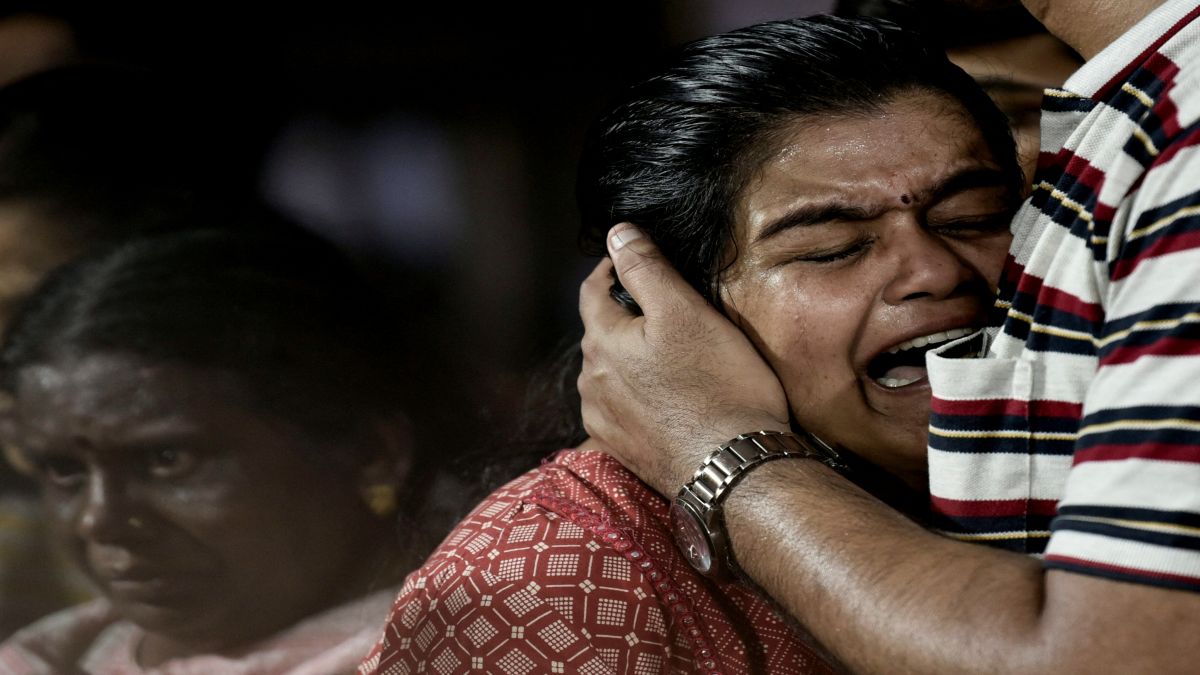)
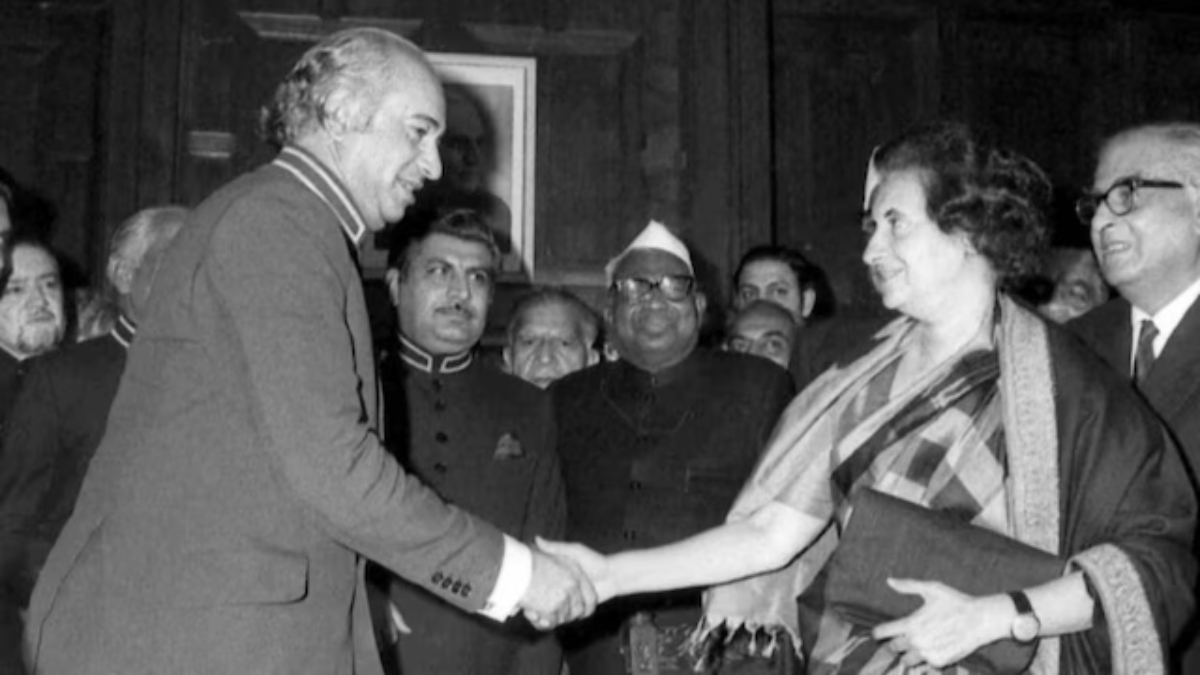)
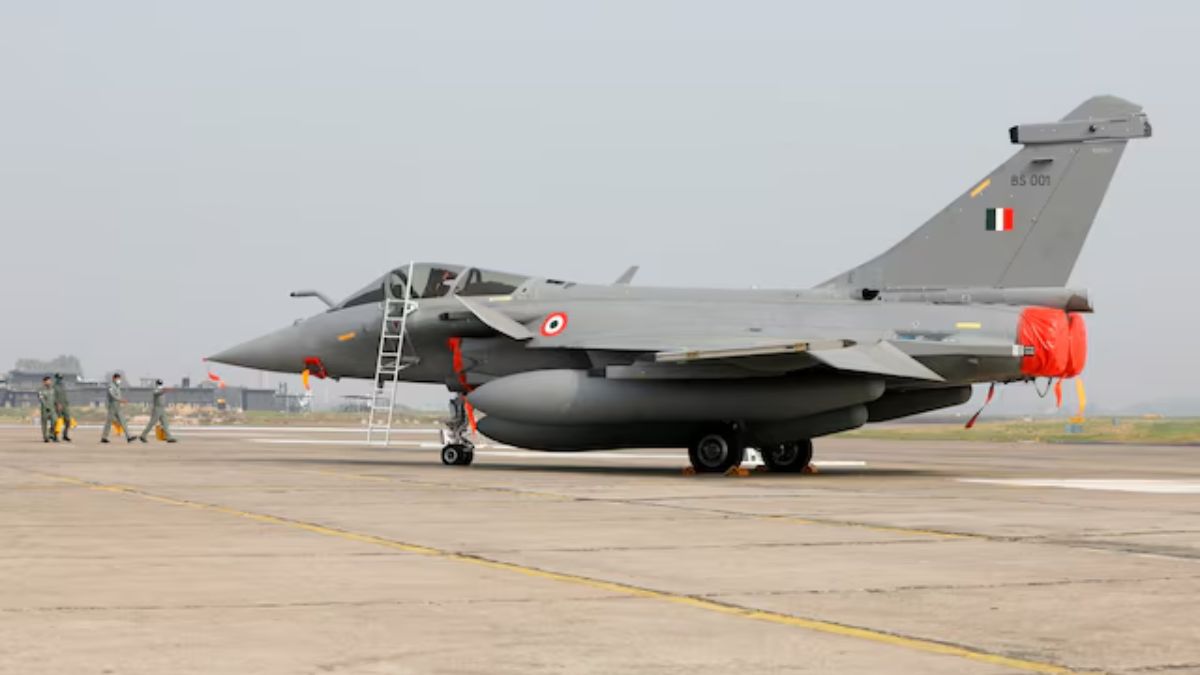)
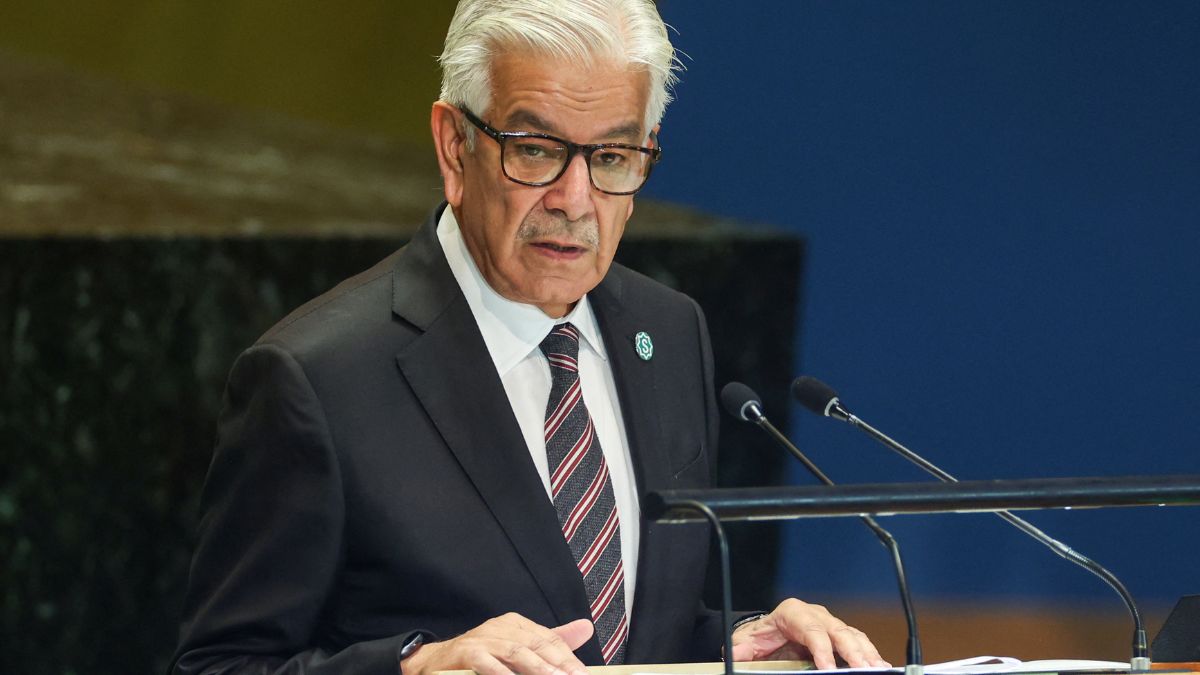)
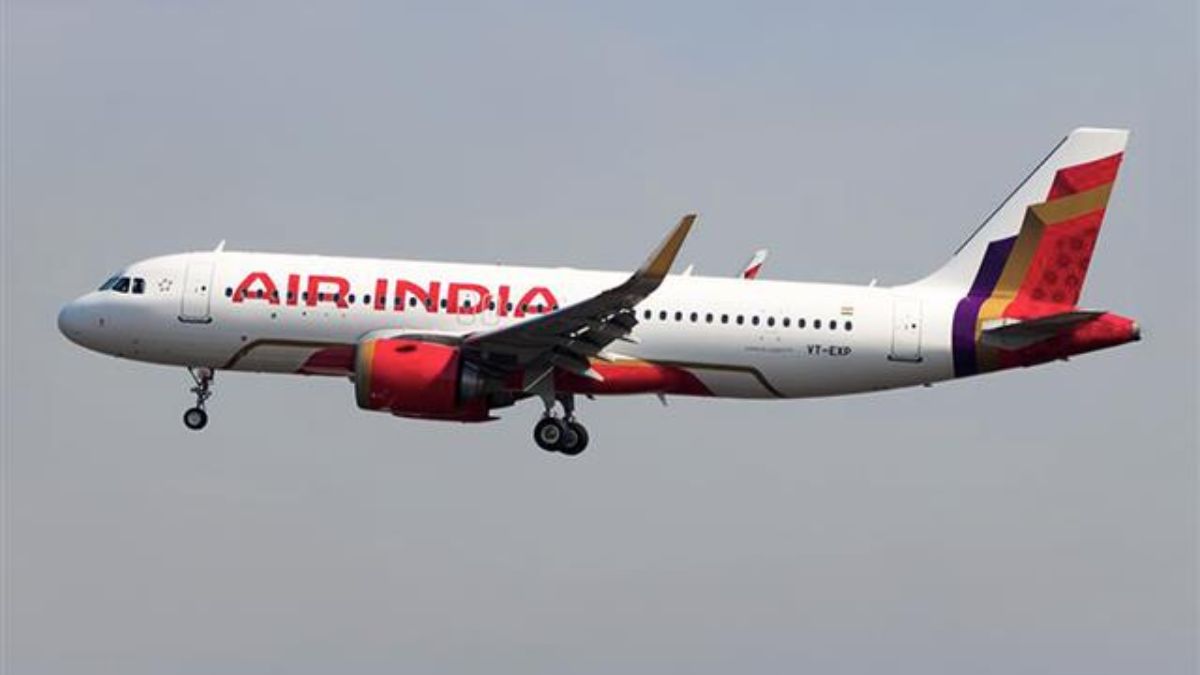)
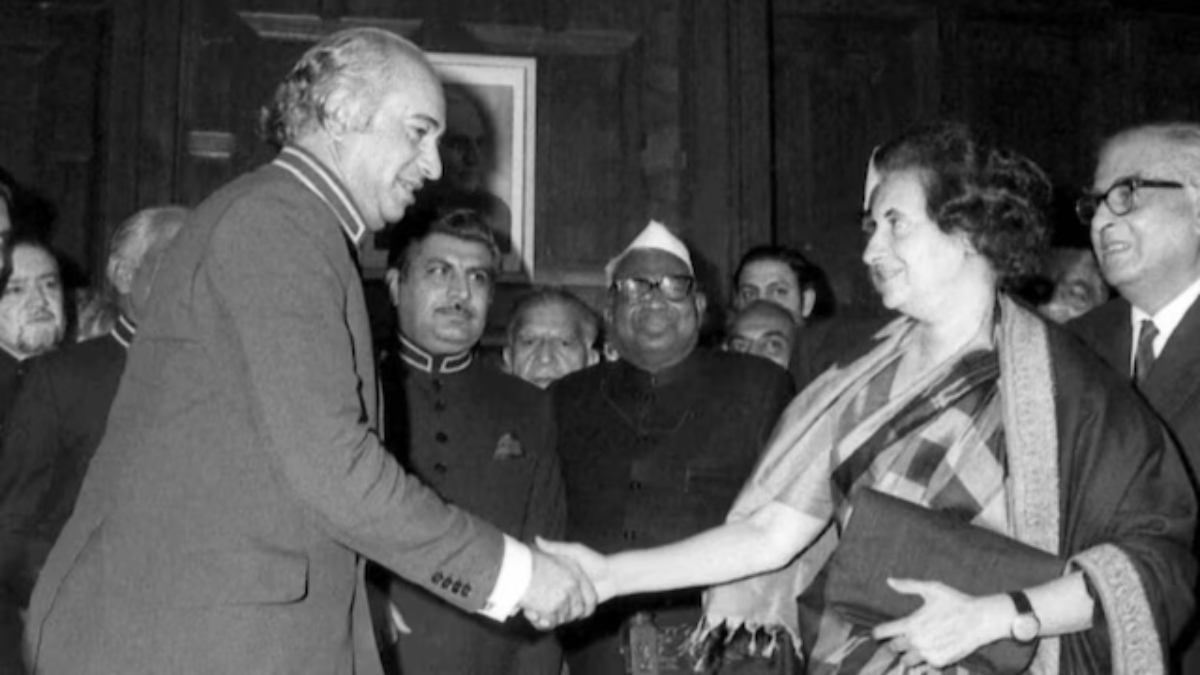)
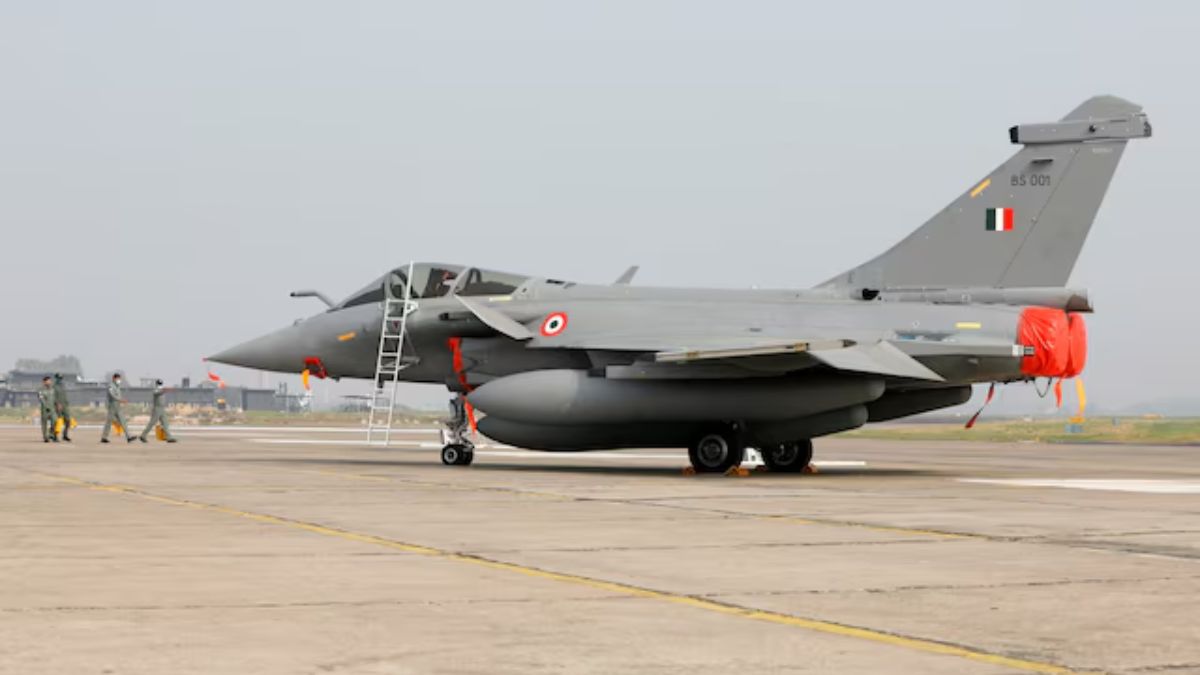)
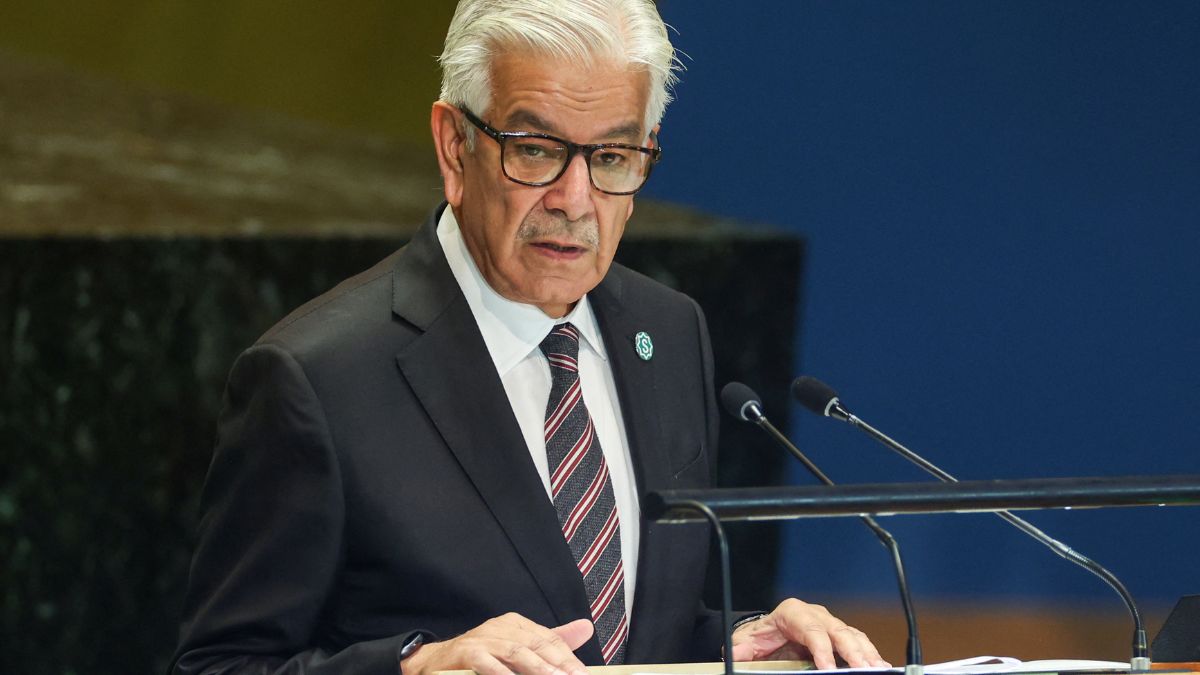)
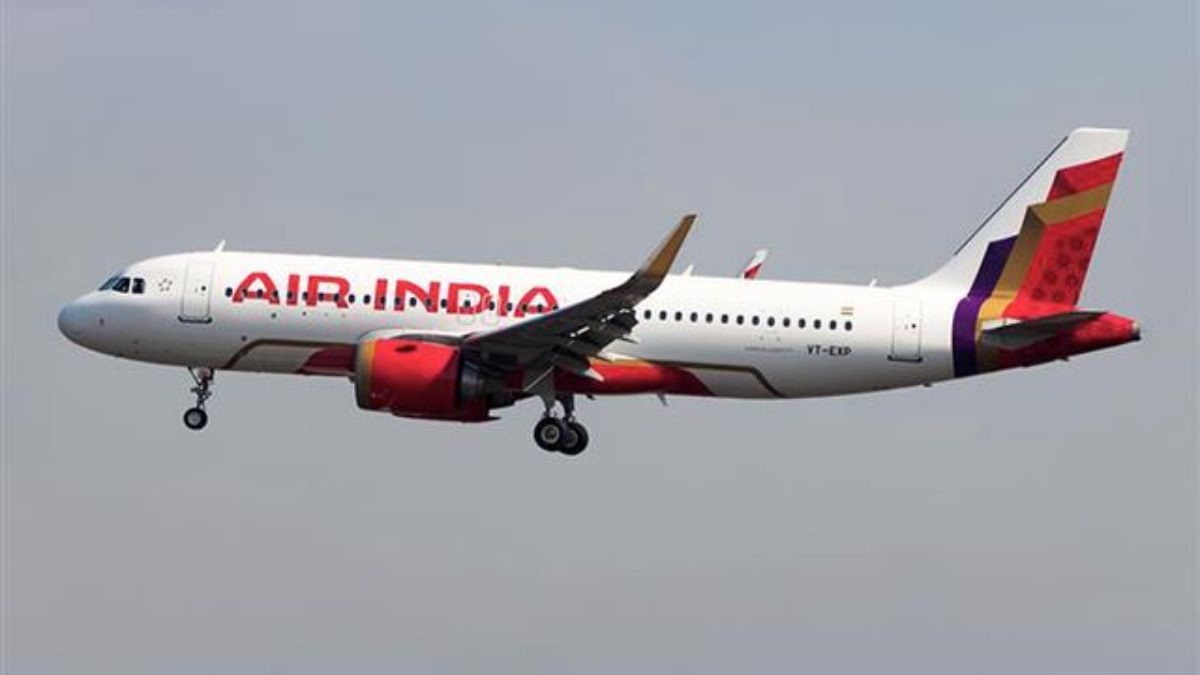)